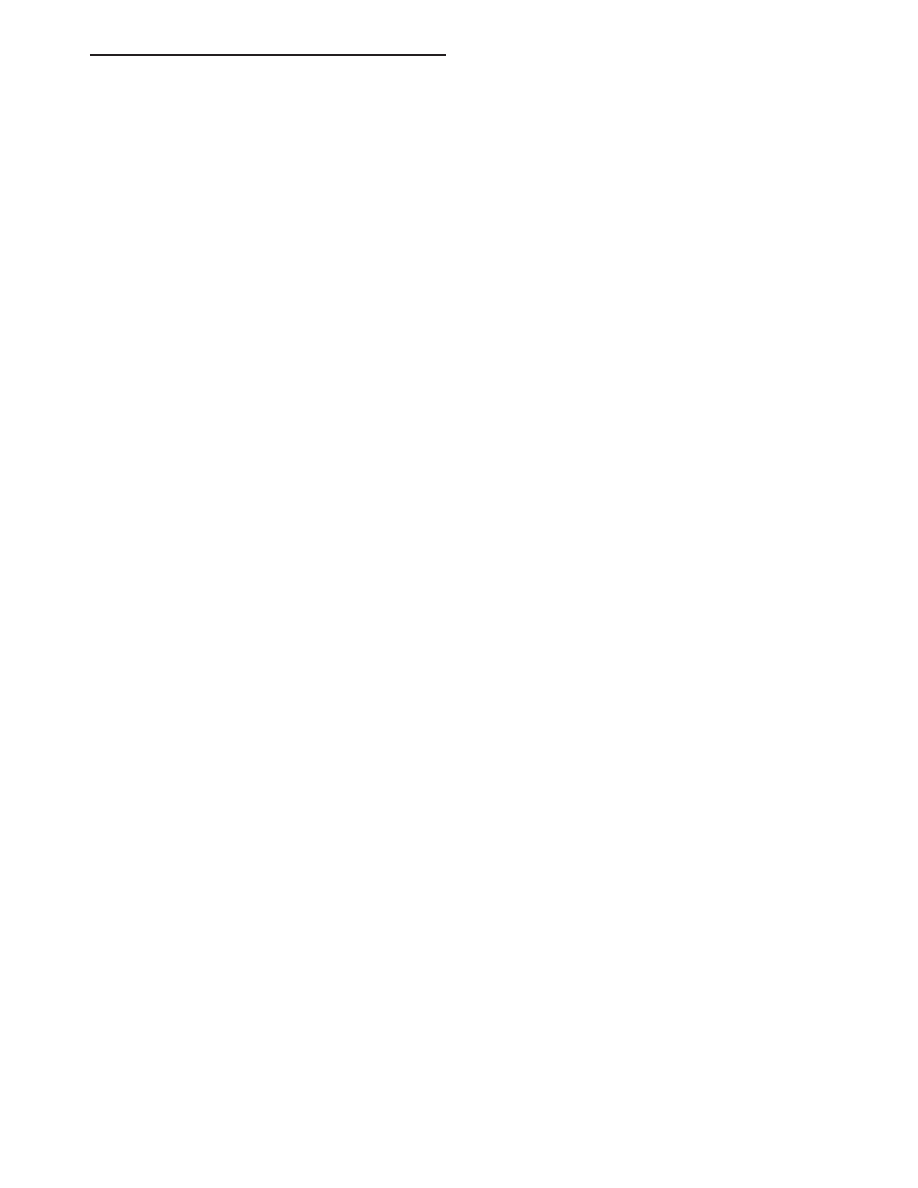Content .. 1104 1105 1106 1107 ..
Dodge Durango (HB). Manual - part 1106

10. Tighten exhaust manifold-to-exhaust pipe retaining bolts to 20–26 N·m (15–20 ft. lbs.).
ENGINE MOUNTING-FRONT
REMOVAL
2WD
1. Disconnect negative battery cable.
2. Raise vehicle.
3. Remove engine mount through bolts.
4. Raise engine using engine support fixture special tool # 8534.
5. Remove engine mount to insulator bolts.
6. Remove insulator from engine.
4WD
1. Disconnect the negative cable from the battery.
2. Raise the vehicle.
3. Remove the skid plate.
4. Remove the front crossmember.
5. Remove the engine oil filter.
6. Support the engine using engine support fixture, special tool # 8534.
7. Support the front axle with a suitable jack.
8. Remove the (4) bolts that attach the engine mounts to the front axle.
9. Remove the (3) bolts that attach the front axle to the left engine bracket.
10. Lower the front axle.
11. Remove the (6) through bolts
12. Raise the engine far enough to be able to remove the left and right engine mounts.
13. Remove the engine mounts.
INSTALLATION
2WD
1. Install insulator on the engine.
NOTE: For mount to engine block and left engine bracket to front axle bolts, apply Mopar
T
Lock and Seal
Adhesive, Medium Strength Threadlocker.
2. Install upper and lower mount mounting bolts. Tighten bolts to 61 N·m (45 ft. lbs.).
3. Lower the engine using engine support fixture special tool # 8534.
4. Install mount through bolts.
5. Tighten through bolts on both sides to 61 N·m (45 ft. lbs.).
6. Lower vehicle.
7. Connect negative battery cable.
4WD
NOTE: For mount to engine block and left engine bracket to front axle bolts, apply Mopar
T
Lock and Seal
Adhesive, Medium Strength Threadlocker.
1. Install the right and left side engine mounts to the front axle. Torque nuts to 94 N·m (70 ft. lbs.).
2. Raise the front axle into the frame and install the left and right side through bolts. Torque nuts to 94 N·m (70 ft.
lbs.).
HB
ENGINE - 5.7L SERVICE INFORMATION
9 - 1423